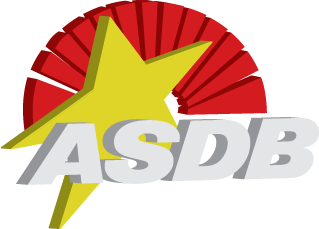Orientation is the process of using sensory information to establish and maintain one’s position in the environment; mobility is the process of moving safely, efficiently, and gracefully within one’s environment.The ultimate goal is to be able to travel in any environment as independently as possible. Such instruction is available for preschool through post-grad aged students who are blind or visually impaired, including those with multiple impairments. After a Certified O&M Specialist (COMS) completes a formal assessment of individual needs and goals for each student, the following formal instruction may be included:
- skills in movement with a sighted guide
- protective techniques and personal safety
- indoor cane skills
- outdoor cane skills and community travel street crossings
- use of public transportation or para-transit systems address numbering concepts
Teaching sensory skills, concept development, motor development, consumer skills, self-advocacy, and community awareness are also integral components of the orientation and mobility process. Instructional models may include individual, small group, and class groupings and ideally involve a multi-disciplinary team of classroom teachers, para-professionals, dorm staff, family members, and Low Vision, Occupational, Physical, and Speech Therapists who provide consultation and reinforcement of the O&M teaching goals in a variety of settings, as needed.
